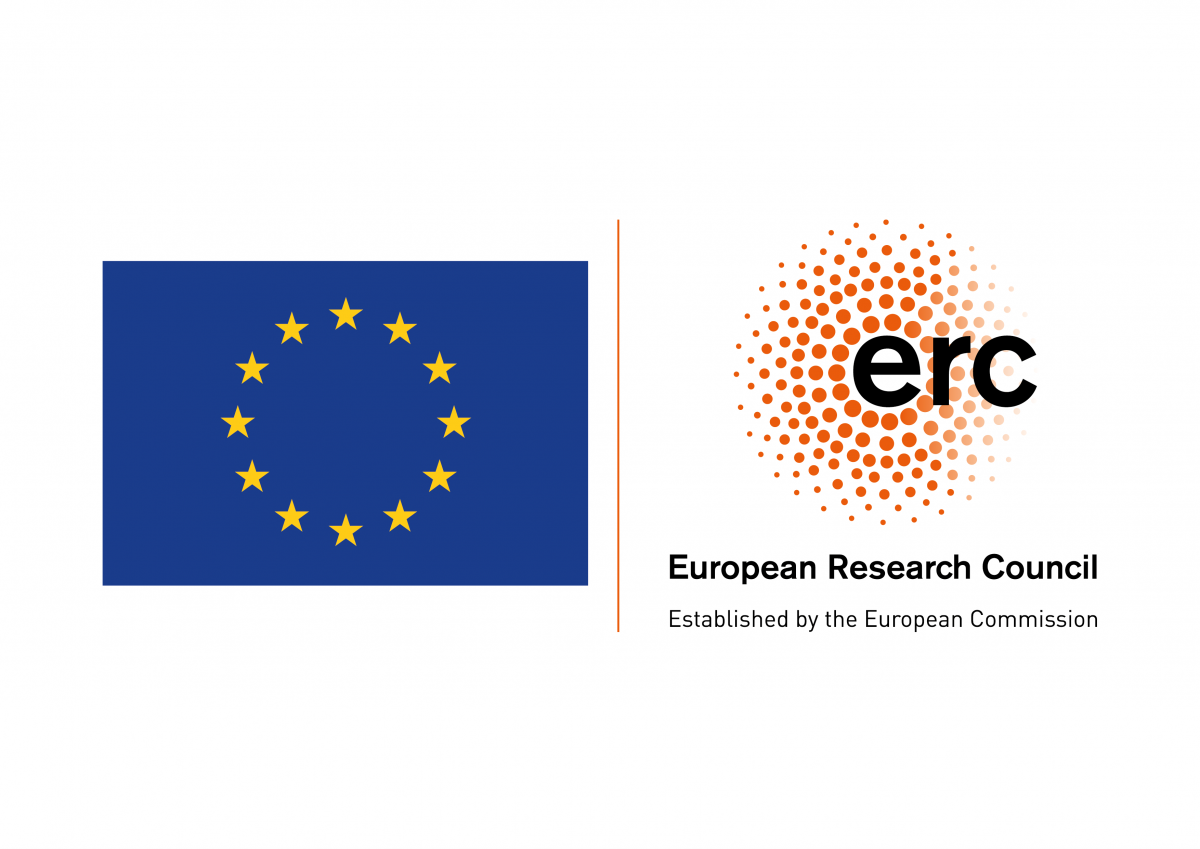Cinema functions not only through the pure representation of fictional worlds, but also through the associative and emotional mechanisms it sets in motion. What is more, its worldwide success, which has now lasted well over a century, is undeniably linked to its ability to draw audiences into emotionally charged, atmospherically dense universes. Filmmakers carefully craft their narrative worlds, using soundscapes, music, colouring, filters, camera movements, production design, staging, editing rhythms and countless other features to orchestrate the emotional and affective experiences of the audience. Despite their obvious effectiveness, cinematic atmospheres have received little attention in academia to date. This may be due to their ontological indeterminacy or to the fact that they operate before or beyond cognitive, critical and analytical reflection and achieve their effect primarily on an affective level.
CATNEMI investigates the production of cinematic atmosphere in all its experiential, aesthetic and ethical implications. When viewed from such a multi-perspective angle, the atmospheric proves to be an attractive but also problematic, sometimes even dangerous phenomenon because it is ideologically charged.
The project therefore also aims to raise critical awareness of the fundamental atmospheric mechanisms of cinema. This is particularly important at a time when the medium is shifting to new media environments and its techniques are being reused in ecologies that are not cinematic per se, such as news broadcasts, video conferences, refereeing decisions in sports, and even terrorist recruitment.
CATNEMI proceeds in three stages by
- developing a comprehensive conceptual understanding of cinematic atmospheres as a means of organising perceptual, affective and cognitive epistemic access to the world of film, and
- developing a method for investigating the mechanisms and techniques of cinematic atmosphere production based on this understanding, before
- extending this method to the question of contemporary moving image practices: What changes when these cinematic processes of atmosphere production are no longer reserved for cinema alone, but are increasingly used outside the narrative-aesthetic realm? When they are placed at the service of larger socio-cultural, economic and political forms of organisation of perception, cognition and affect, from art installations to social media?
From this perspective, the atmospheric must be considered a central category for all investigations that attempt to determine the relationship between our physical-cognitive abilities and the world, regardless of whether this is done from a phenomenological, enactive, media-anthropological, affect theory, neuro-filmological or posthumanist perspective. Several factors thus converge to point to an ‘atmospheric turn’ in film studies. The project makes a significant contribution to this.
Funding: Horizon Europe ERC Starting Grant
The research group, which is scheduled to run for five years, consists of the project leader, a doctoral candidate and a postdoctoral researcher.






